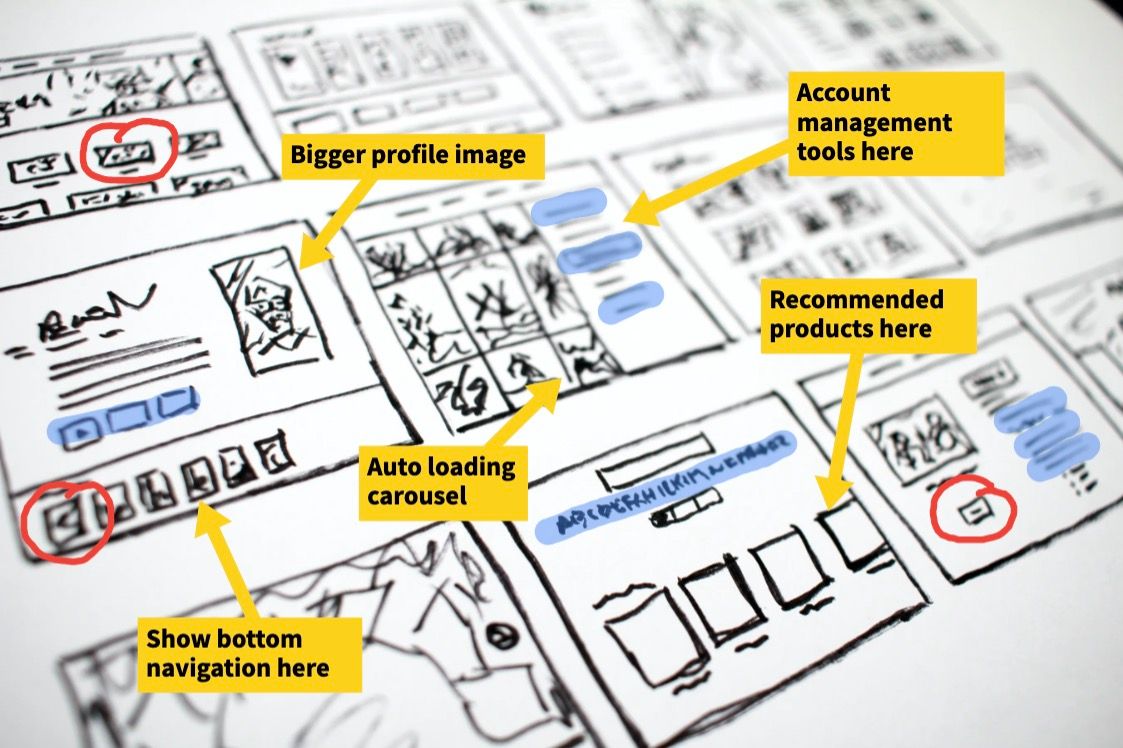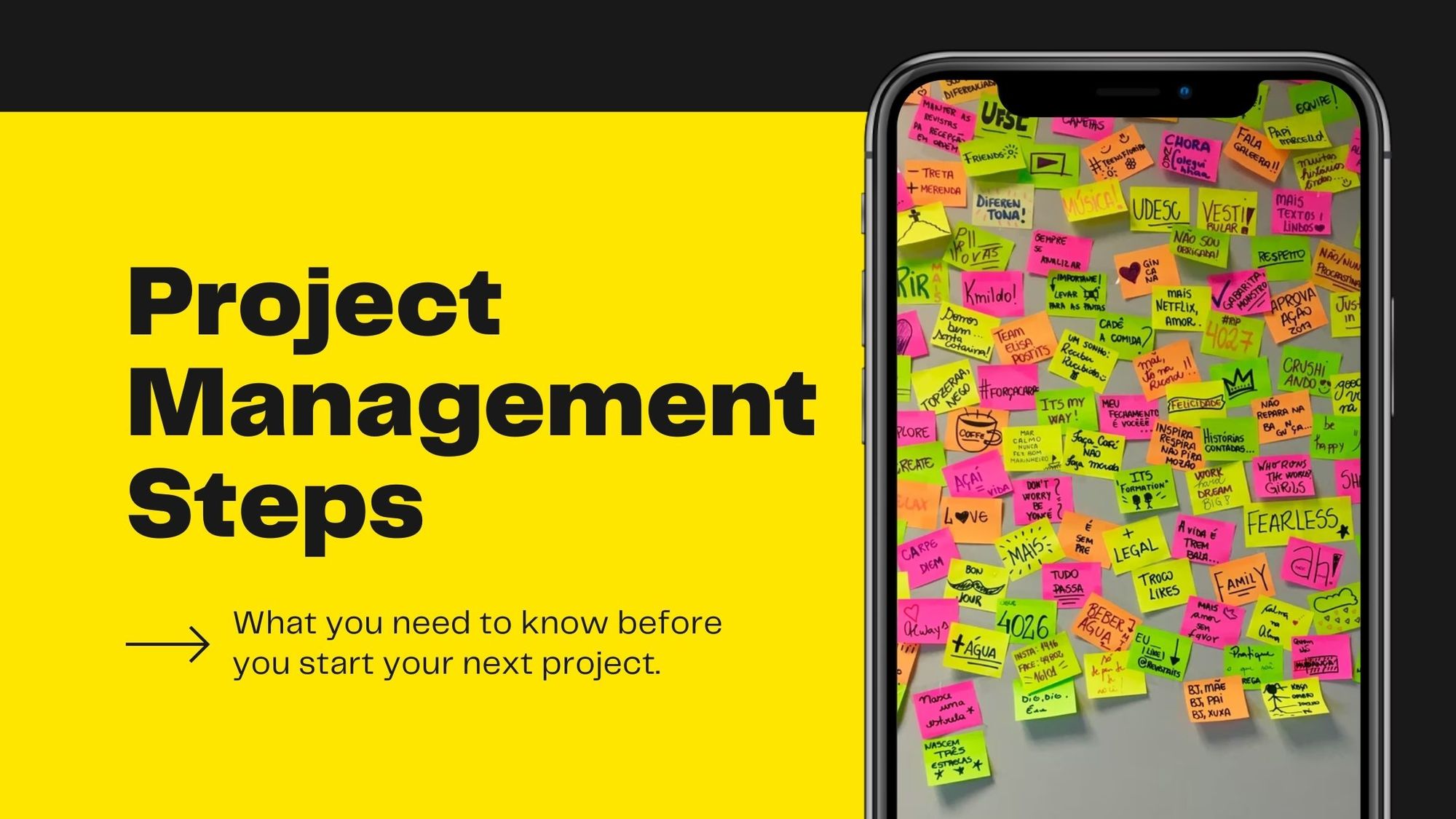Good project management entails delivering a project within the schedule while maintaining its budget and reaching all the project objectives. While it may not seem like much, there's a lot more that goes into delivering a project successfully.
From preventing overflowing budgets and ensuring delivery within the deadline to minimizing project risks, proper planning in project management goes a long way. In this article, we talk about the 10 key steps to follow for smoother project delivery.
What is Your Role as a Project Manager?
As a project manager, you will have to ensure that the project reaches its goals according to the budget and schedule.
However, a project is always susceptible to deviations. And if you aren’t prepared to mitigate the risks, the entire project might collapse despite being delivered within time and budget.
So, to avoid or minimize such possibilities, project managers ought to meticulously maintain a few standard processes for smooth project delivery.
#1 – Outlining the Project
At the beginning of the project execution process, you must align the project goals and resources with the budget and schedule. You ought to associate the project goals and objectives with that of your team and organization. In doing so, list down project objectives and goals first.
PRO TIP: Using a tool like this online whiteboard can help your team collaborate on ideas remotely!
A project's success depends highly on its ability to meet the standards the client had in mind. Hence, listing out the project goals helps you understand the requirements and plan accordingly. It creates a clear map for the project managers to follow, based on which they can analyze the needs of each party.
Once the goals are aligned and mapped out, you can determine the time required to complete the project, whether or not it's achievable, and all the W's of the project goal.

If there are external factors that are likely to affect the project plan, you will have to factor those in and modify the project plan along the way.
#2 – Effectively Communicating with Stakeholders
Stakeholders are the people or clients who are affected by the project's successes and failures. These include sponsors and beneficiaries of the organizations. It is imperative to keep them constantly engaged to evaluate their needs.
You must identify the most important stakeholders for each project prior to execution. Since stakeholders have the power to make or break any project, you must communicate effectively and understand the requirements that the team must fulfill.
PRO TIP: Better project communication starts with clear documentation. Create image annotations to better explain your ideas.
That said, it is impractical to consult or include every stakeholder group. That is why the project management team must come up with a feasible plan that meets the requirements of all the relevant stakeholders to the project.
Moreover, you can also document all the strategies and input gatherings from these meetings in the stakeholder management plan.
#3 – Identifying Project Scope
During project execution, it can often be challenging to align stakeholders' approval with that of the client. This is precisely why project scope is used as a reference purpose to get buy-ins from external stakeholders.

Project scope works as a foundation for the entire planning process of the project. The project manager lists the project objectives, deliverables, deadlines, number of tasks, and budget in this step. Simply put, project scope consists of what the project intends to achieve within defined boundaries.
Since it consists of all the tasks that the team needs to get done by the specified time, a project scope helps the team remain on track. Therefore, it also comes in handy when sudden changes occur and the project manager needs to modify the plan.
#4 – Having A Work Breakdown Structure or WBS
When you take up the responsibility of a project manager, you assign each team member different tasks depending on their skills, abilities, and competence. Once you’re done identifying the project scopes, you’ll have a clearer perception of what to assign to each teammate. Make sure you consider the strengths and weaknesses of each individual and the resource availability of the projects.
When you simplify a project and break it down into organized steps like a flowchart, it allows you to handle each task better. The more complex a project tends to be, the more defined the WBS is. Moreover, WBS also helps you visualize task interdependencies. The simplified state of your project objectives helps you assign tasks better.
#5 – Building an Effective Team
The successful delivery of a project significantly depends on your team’s competence.
That said, your responsibilities as a project manager do not end with just forming a compatible team. You need to analyze the strengths and weaknesses of your teammates based on the project requirements.
Apart from that, many tasks may need approvals before or after their execution. So as a project manager, you will also have to include external stakeholders and clarify their responsibilities.
You need to communicate with different project contributors, including project sponsors, designated business experts, clients, auditors, quality and risk analysts, etc., about their respective roles. A project sponsor may need to approve the financial aspects of the project, while the business expert may need to define project requirements.
#6 – Detailed Project Schedule
Do not mistake a project plan with a project schedule. During a project schedule, you need to analyze the estimated time required to finish each task and the overall project. This implies that you have to align each subtask with the given timeline. Consequently, you know exactly when each task needs to get done and by whom.
That said, maintaining a project along the schedule is not a piece of cake. And that is why project managers include project management tools such as the Qualitative Risk Analysis Tool and Quantitative Risk Analysis Tool. And that is why project managers include project and workflow management tools such as the Qualitative Risk Analysis Tool and Quantitative Risk Analysis Tool.

As mentioned before, a project is prone to get affected by external factors. Thus, risk assessment tools help project managers predict the anticipated risks and have a backup plan beforehand. It allows the project manager to understand if the project is within the budget and running along with the planned schedule.
The project manager can set intervals at which they may incorporate the risk assessment tools into the project. And that way, they will understand the project condition and deliver the project avoiding added complications.
#7 – Communication Plan
The Communication Plan has somewhat of an overlap with the stakeholder's plan. However, the communication plan focuses on a broader audience, including teammates, clients, etc. On the flip side, the stakeholder’s plan narrows it down to the sponsors and beneficiaries of the project only. You need a communication plan to streamline the communication process among teammates and others.
A communication plan outlines how often and when the project manager will consult with external stakeholders, clients, and teammates. It also defines which updates and reports to deliver and communicate with them.
PRO TIP: Enhance your next project scopes with detailed PDF or file annotations to ensure everyone is on the same page!
Moreover, it provides written documentation that any project member can ask for clarification, increases feasibility, and enhances productivity. That said, the project manager must consult with everyone to determine the most productive way to communicate.
An open discussion with the teammates and external stakeholders helps the project manager understand each other’s perspectives. Lastly, the project manager can document the effective communication process and use it later in other project management tasks.
#8 – Monitoring the Progress
The responsibilities of being a project manager include monitoring if the project is running along with the planned schedule and within the allocated budget. However, some factors play into altering the swift delivery of the project. So, following this project management step, the project manager meticulously looks over all the tasks throughout the run-time.
To deliver the projects maintaining all the requirements, you may take help from different software and tools. Apart from that, you can perform estimation techniques such as earned value management which helps you measure the project’s performance. You can also incorporate a run chart at the initial stage to get a head start.
#9 – Quality Assurance Plan
This step of project management ensures that the delivered project ticks all the boxes and meets all the expectations. One of the many responsibilities of a project manager includes handing over a project that meets the quality standard and expectations of the clients and stakeholders.
So, creating a quality assurance plan helps you set the project standards and acceptance criteria. And to accomplish this metric, there are tools that every project manager utilizes, such as source code audits.
The functions of this project management step include running the project through test criteria and documenting the results. Based on the documented outcomes, the project manager can assure and improve project quality and make improved plans in the future.

#10 – Contingencies
Deviations occur during the planning, execution, and controlling phases of the project, and having a contingency plan helps you tackle just that. In other words, a contingency plan consists of all the backup processes and protocols that the team can follow if anything goes wrong. This helps you remain prepared at all times.
Wrapping it all Up
Some project managers are making huge salaries in this profession. But that is only achievable with competence. That said, no matter how much you perfect a design to project delivery, it might not ensure complete success. Planning the entire process helps you remain a step ahead of your game, and these 10 key elements aim to ensure just that.


